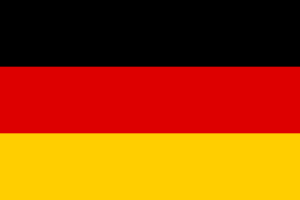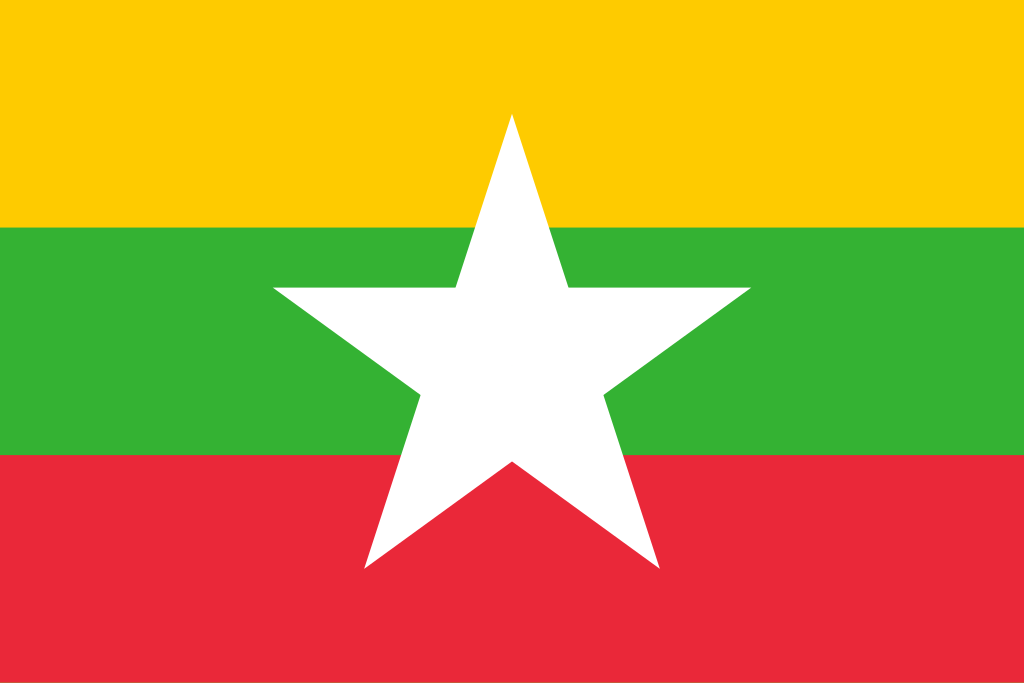Language is the key that connects people, allowing them to share ideas and communicate across borders. With the ever-growing reach of the internet, businesses now face the challenge of transcending language barriers to connect with a global audience. Localization and translation have played pivotal roles in facilitating communication, allowing brands to create meaningful connections with customers around the world. As the number of internet users grows globally, there are over 7,000 languages spoken worldwide, making it essential for companies to strategically consider the languages that will have the most impact in reaching their target markets. Below, we explore the 10 most popular languages for translation and localization, which are vital for companies aiming to expand their reach internationally and tap into new, profitable markets. These languages not only boast large numbers of speakers but also represent key regions where businesses can grow their influence and connect with diverse audiences.
Introduction: The Power of Language in Global Communication
Language is the key that allows people to share ideas and communicate. Localization and translation have acted as a bridge in communication. With 7.8 billion inhabitants on this planet, the web has expanded its reach, even when the language differs. Reports suggest that there are 7000+ dialects spoken throughout the earth.
Most Popular Languages for Translation & Localization
- English
- Chinese
- Spanish
- Arabic
- German
- Portuguese
- Russian
- French
- Japanese
- Hindi
English – The Global Language of Communication
English is the most spoken language with 378.2 million native speakers and the second language for 743.5 million people. It is additionally the most probable unknown dialect to be instructed in schools and is the official language of most international organizations.
Chinese – The Language of Opportunity
Chinese is spoken by about one-fifth of internet users (770 million users), making it one of the most popular languages for online translation. In reality, China has the world’s second-largest economy, making Chinese a crucial language for generating new business chances.
Spanish – Connecting Europe and Latin America
Translating into Spanish allows you to access over 500 million people in European and Latin American countries. Spain, Mexico, Argentina, Colombia, Chile, and Peru are all in the top 50 countries with the largest GDPs in the world.
Arabic – Bridging the Middle East and the World
Spoken by 274m individuals worldwide and the official language of 25 nations, Arabic is rapidly turning into a language vital for internationalization. With web development ascending in the Middle East, it’s essential to remember that numerous Arabic speakers communicate in Arabic; thus, the interpretation of substance will be critical.
German – The Language of the European Economic Powerhouse
German remains one of the most popular languages on the internet, despite having less than 100 million speakers. According to W3Techs, German is spoken on 5.6 percent of the most popular websites. Germany (the EU’s largest economy), Austria, Luxembourg, Switzerland, and Belgium are all countries with German as an official language.
Portuguese – Tapping into Latin America’s Largest Market
With 140 million internet users, Brazil is Latin America’s largest internet market. By the end of 2021, this country will have a 61 percent internet penetration rate. In the coming years, businesses that invest in localization for this country will reach even more people.
Russian – Unlocking the E-Commerce Market
Russian is spoken by around 109 million internet users. Many of them have a basic understanding of the English language. E-commerce is growing in Russia, with 30 million individuals shopping online.
French – Connecting Global Economies
French is an official language in countries with strong economies, making it one of the most popular languages for translation. The eCommerce local marketplaces in all of these French-speaking nations have seen sustained growth.
Japanese – A Market with Untapped Potential
Businesses frequently overlook the importance of localization for Japan, although Japanese remains one of the most popular languages in the world. In 2015, Japan had 77 million digital purchasers, and retail eCommerce sales are constantly increasing.
Hindi – Reaching the Digital Future
Hindi has developed massively, particularly in internet adoption, mainly due to mobile web penetration in a country where web access is intensely reliant upon cell phones. With almost 600 million speakers, including Urdu, Hindi is a large market for localization.
Conclusion: Unlocking Global Potential Through Localization
Localization is the way to powerful interpretation with numerous potentials. Translation and localization bring you to witness many opportunities with international markets, thereby widening your goals and efforts.










